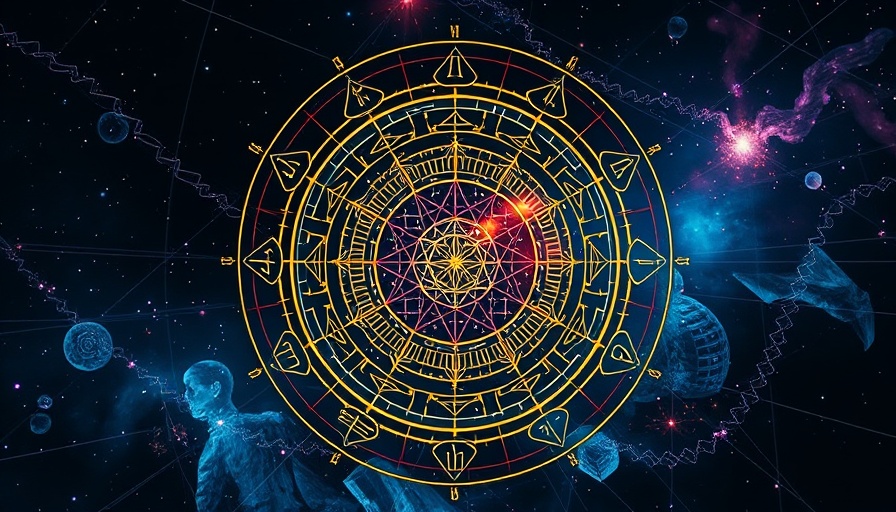
Understanding Human Design: Beyond the Misconceptions
As seekers and enthusiasts embark on their journey into the captivating world of Human Design, it often unveils itself as a tapestry of ancient wisdom and modern science. Misunderstandings about this intricate framework can cloud the unique insights it offers, prompting the need to delve deeper into what Human Design represents—and, importantly, what it does not.
What Human Design Is Not
At its core, Human Design is not a dogma. All too often, individuals may misconstrue its teachings as rigid rules rule, imposing a moral framework that aligns one’s life according to societal standards. However, this system encourages an understanding of individuality—a roadmap that illustrates how remarkable variations exist amongst each of us. Therefore, what resonates with one may not apply universally.
Furthermore, while Human Design provides immense value, it is not intended to cultivate a hierarchical structure often mistaken for cult-like adherence. True to its essence, the principles of Human Design reject any external authority, empowering individuals to navigate their lives authentically. Thus, it eschews the need for validation from others or the constraints of dogmatic beliefs. Instead, this system asks practitioners, “What feels right for you?” inviting one to trust their unique strategy and authority.
Engaging with Humanity: The Framework of Uniqueness
Human Design differs significantly from conventional personality typing systems. Unlike Myers-Briggs or the Enneagram—which engage primarily with the mental realm—Human Design integrates an expansive understanding of the self through various lenses, including cosmology, biology, and energy dynamics. Here, individuality transcends labels, embracing a multi-dimensional perspective.
“Type” in Human Design specifically refers to the mechanical and energetic blueprint recognized through the BodyGraph. This intricate system correlates with one’s bio-energetic composition, representing more than mere personality traits—it encompasses the energy one brings into various life experiences.
Reconnecting with Authenticity: The Role of Energy
Central to the essence of Human Design is the exploration of authenticity and one’s true nature. As described in the teachings of Ra Uru Hu, the founder of Human Design, individuals go through a seven-year deconditioning cycle, allowing for personal renewal beyond societal influences. This profound transformation encourages individuals to shed limiting beliefs and rediscover their unique life path.
The Human Design journey emphasizes recognizing one’s energy signature—how we resonate and interact with the world around us. This process not only reveals insights about our authentic selves but also underscores our purpose in connection with the broader universe.
Future Perspectives: Navigating the Quantum Realm
Linking Human Design to the quantum paradigm further broadens its significance. In a universe rich with potential, understanding one’s energy and design offers an opportunity for greater alignment with life purpose. It inspires us to actively engage with our environments, fostering not only individual growth but also a shared journey within our communities.
Final Thoughts: Embracing Your Uniqueness
In essence, Human Design serves as an illuminating tool—powerful yet profoundly personal—inviting enthusiasts to explore, evolve, and embrace their authentic selves. Rather than adhering to rigid frameworks, engaging with Human Design means embarking on a unique journey tailored to one's intrinsic nature.
If you find yourself drawn to this exploration of self, allow it to guide you toward a deeper understanding of your energy, purpose, and life path. Every moment is an opportunity to reconnect with your true self.
 Add Row
Add Row  Add
Add 




Write A Comment